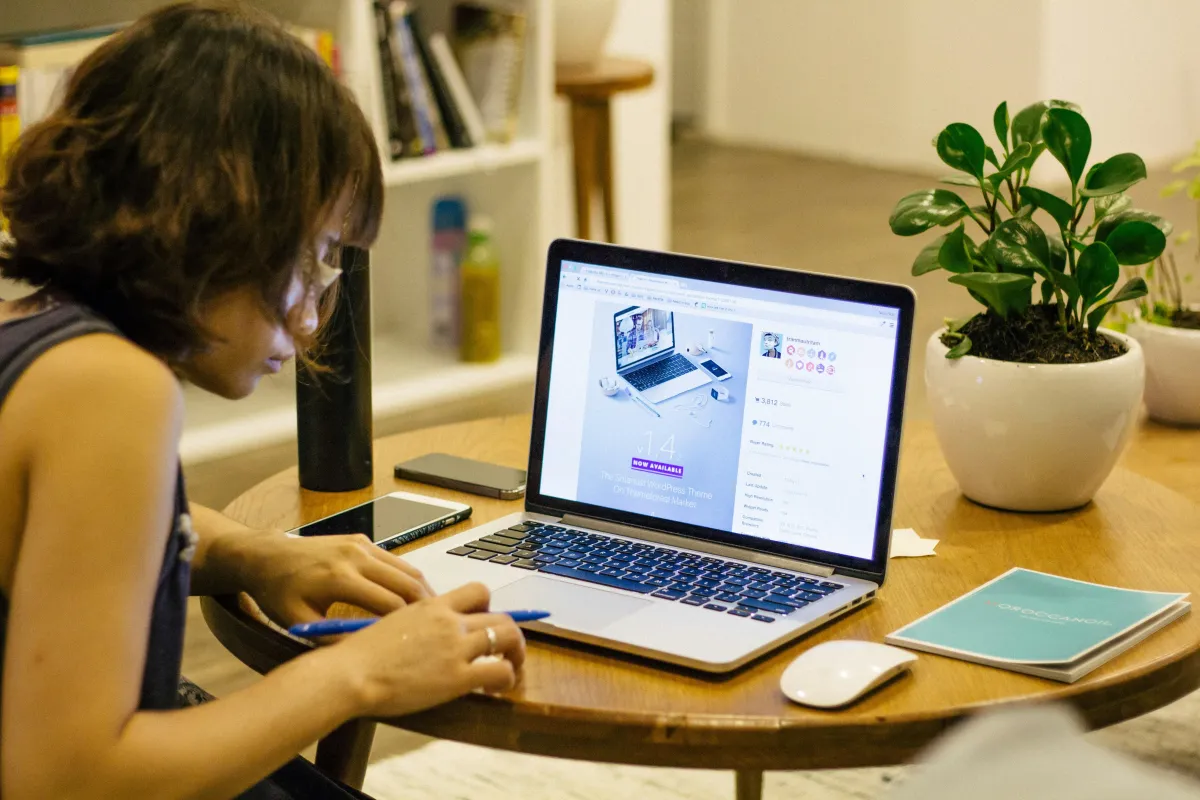
Do Breaks from Your Desk Actually Help?
“Motion is lotion.”
Introduction:
Everyone always says you should get up from your desk once every hour to prevent neck pain, back pain, and eye strain.
That makes total sense. However, in orthopedics, things that make sense and things that work can be two different things. If only logic got us every answer to every question, then we wouldn't have a back pain epidemic.

For example, it used to be that people with back pain were told to rest. Makes sense right? Take a few days off, take it easy. Now the guidelines are completely the opposite. The advice now is to stay active and keep moving. What changed? We studied things and saw how people responded.
Like many things, I am always wondering if anyone has every studied the common advice to get up from your desk frequently...
This article is a randomized controlled trial from 2021 👊
Waongenngarm P, van der Beek AJ, Akkarakittichoke N, Janwantanakul P. Effects of an active break and postural shift intervention on preventing neck and low-back pain among high-risk office workers: a 3-arm cluster-randomized controlled trial. Scand J Work Environ Health. 2021 May 1;47(4):306-317. doi: 10.5271/sjweh.3949. Epub 2021 Apr 27. PMID: 33906239; PMCID: PMC8091075.
1. What they did
The researchers took 196 people (predominantly female) and split them into 3 groups

active break
postural shift
control
The active break group's breaks lasted 30 seconds to 15 mins and happened 0-30 times per day
The postural shift group's performed 20-60 shifts per hour based on sitting behavior
The control group got a seat pad that didn't really do anything
These groups were followed for 6 months
Of note: this study ended up happening during the COVID-19 pandemic. The study continued with people working from home.

2. What They Found
New Onset of Back Pain (by group)
9% in active break group
7% in postural shift group
33% in control group
Neck pain was also looked at, and here were the results:
17% in active break group
17% on postural shift group
44% in control group
3. What It Means
This study basically wanted to see if adding in postural changes or movement during the workday would improve your chances of developing back pain.
Unfortunately, we know desk workers can tend to be prone to low back pain. It is likely that the prolonged static postures associated with sitting at a desk might predispose this group.
If you are in this group, I'd take the results of this study to heart!
If you did something to break up the sitting time, whether it be getting up and walking around, stretching, exercising, etc OR shifting your posture frequently in your chair, the chances of developing neck or back pain seemed to be MUCH LOWER.
The interesting thing to note is that the amount of active breaks and postural shifts were quite high. Zero to 30 times per day for the active rest group and 20-60 shifts per hour.
My advice is to start by creating a reminder somewhere. An alarm on your phone or alert from your watch would be a great start. Don't make excuses when the alarm goes off, it's time to move. So often in this society we feel like we are involved in something, and we don't want to shift focus yet. I promise you, adding more movement will make you MORE productive, not less.
Once you get used to the alarms, you really want to create habits. Fidget in the chair. Get up and walk around. If you are at home (or not worried about what people think of you), hit 10 squats in the middle of the day.
MOVE, MOVE, MOVE!
How to Move More at Work:
As always, I will leave you with this.
Please consider subscribing to the CoreyPod.com Blog!
or my YouTube Page:
www.youtube.com/coreypoddotcom
If you need any help with any of the information I've given or the questions I've asked, please email me at [email protected]
*This is not intended to be medical advice. If you are experiencing pain, always consult with a physician.
If you believe this to be an emergency, please call 911 and seek medical attention.
Resources:
Waongenngarm P, van der Beek AJ, Akkarakittichoke N, Janwantanakul P. Effects of an active break and postural shift intervention on preventing neck and low-back pain among high-risk office workers: a 3-arm cluster-randomized controlled trial. Scand J Work Environ Health. 2021 May 1;47(4):306-317. doi: 10.5271/sjweh.3949. Epub 2021 Apr 27. PMID: 33906239; PMCID: PMC8091075.

